Do you love spending time in nature? Here are the best gardens and parks in Baden-Württemberg:
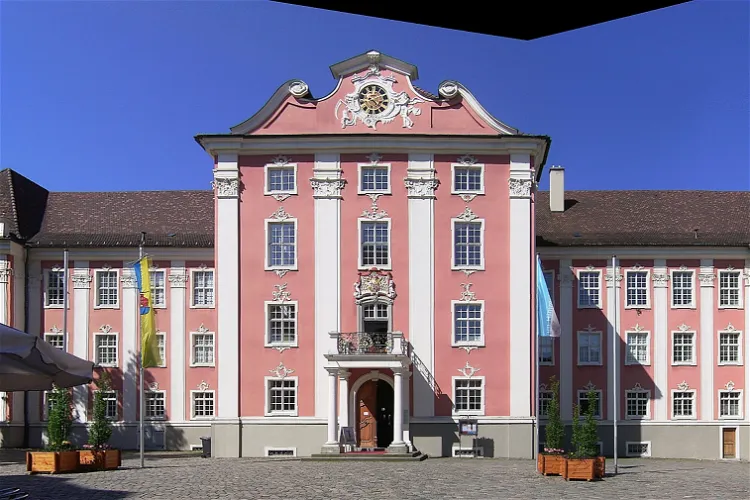
New Castle
MeersburgToday, the Neues Schloss Meersburg houses several museums, providing a diverse range of exhibits for tourists to explore. The Town Gallery (Städtische Galerie) and the Dornier Museum occupy the 2nd floor, while the Palace Museum of the Prince Bishops (Fürstbischöfliche Schlossmuseum) is located on the 3rd floor. The latter offers visitors the chance to view the residential and representation rooms of the prince bishops, refurnished with contemporary appointments from that era.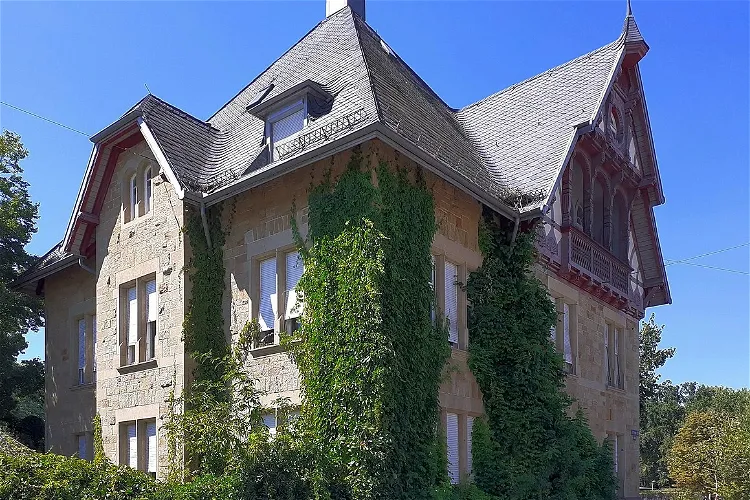
Karlsruhe Zoo
KarlsruheThe Karlsruhe Zoo, also known as Zoologischer Garten Karlsruhe, is a renowned zoo located in the state of Baden-Württemberg, in the city of Karlsruhe. It is a significant attraction for tourists who are interested in wildlife and nature.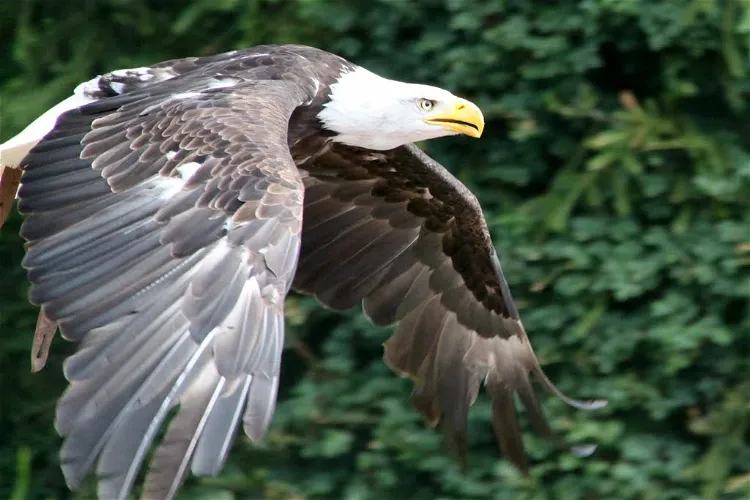
Steinen Bird Park
WeitenauSteinen Bird Park is nestled in the South Black Forest, specifically in a valley basin within the municipality of Steinen. It is situated between the districts of Schlächtenhaus and Weitenau. This location offers a serene and natural environment that is perfect for bird watching and nature exploration.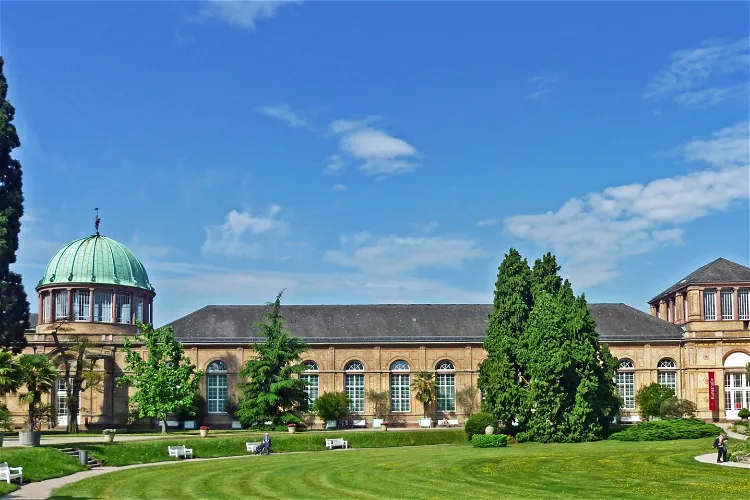
Orangerie
KarlsruheThe Orangerie in Karlsruhe, located in Baden-Württemberg, Germany, is a historical site that was once the orangery of the city's botanical garden. Today, it serves a new purpose as an exhibition hall for the Kunsthalle Karlsruhe, showcasing works from the 20th and 21st centuries.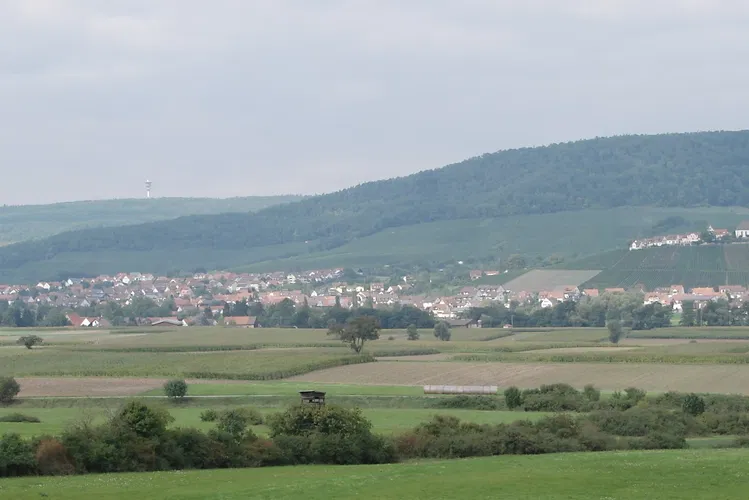
Stromberg-Heuchelberg Nature Park
LeonbronnThe Naturpark Stromberg-Heuchelberg is characterized by two prominent ridges, Stromberg and Heuchelberg. Geologically, it is part of the Keuperbergland. The southern slopes of the Stromberg are particularly suitable for viticulture, making it a potential point of interest for wine enthusiasts visiting the park.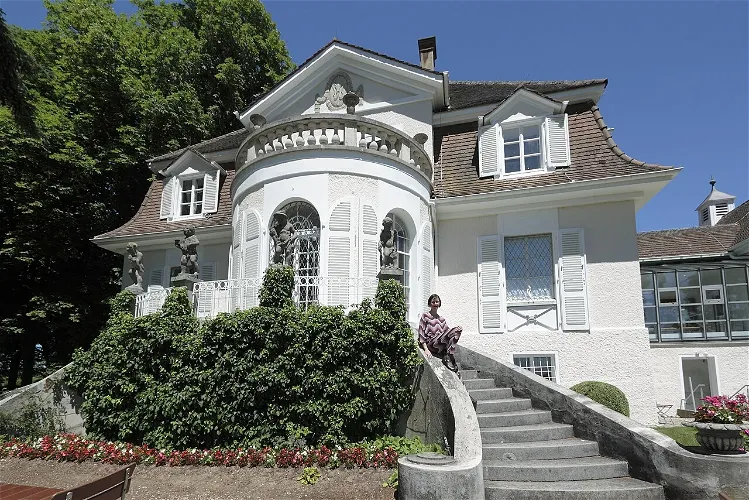
Museum Villa Rot
RotThe Museum Villa Rot is a unique exhibition house for international contemporary art. It is located in the district of Rot, within the municipality of Burgrieden in the Biberach district, Upper Swabia. This location offers visitors a chance to explore a wide range of contemporary art from around the world, all within the beautiful setting of the Villa Rot.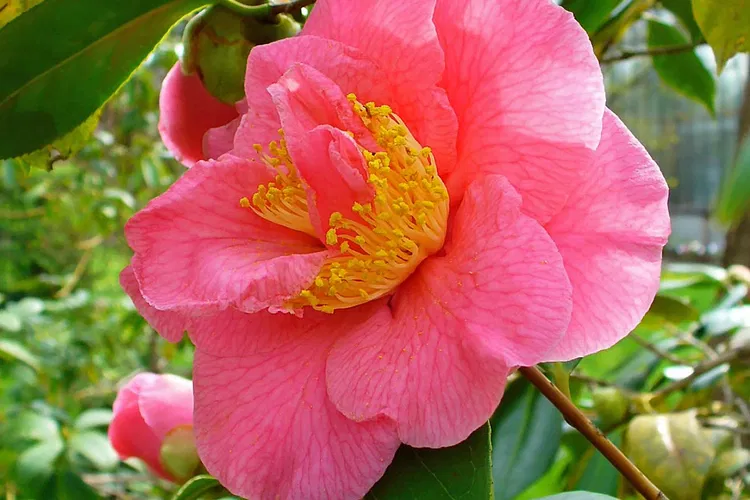
Botanischer Garten der Universität Karlsruhe
KarlsruheThe Botanical Garden of the Karlsruhe Institute of Technology (KIT) is not just a place of beauty, but also a hub for research and teaching. One of its core tasks is the preservation of endangered plant species. This makes it a unique destination for those interested in botany and conservation efforts.- 8
Fachsenfeld Castle
AalenIn 1982, Baron Reinhard von Koenig-Fachsenfeld established a foundation to preserve Schloss Fachsenfeld and its surrounding park. Today, the castle is home to the Baron's collections and a museum, offering visitors a unique insight into the history and culture of the region. 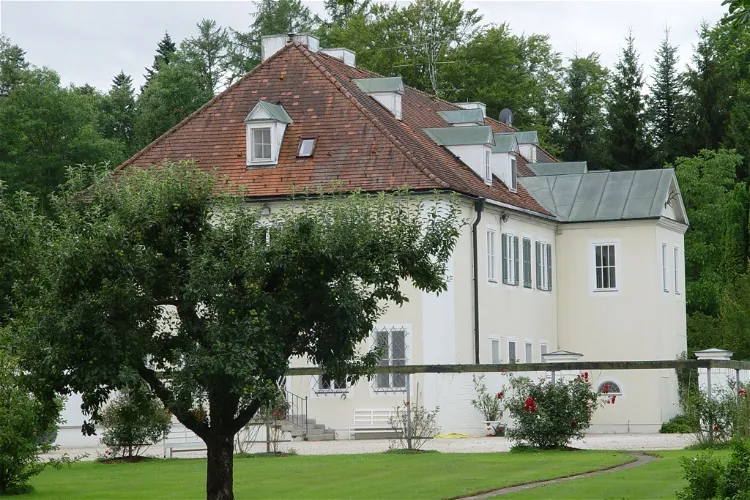
Wildpark Josefslust
SigmaringenWildpark Josefslust is a part of the Sigmaringen Forest, a vast forest area located in Oberschwaben. This forest stretches from Meßkirch to Mengen, making it a significant part of the region's natural landscape. Visitors to the park can enjoy the beauty of this expansive forest, which offers a unique opportunity to explore the natural environment of Oberschwaben.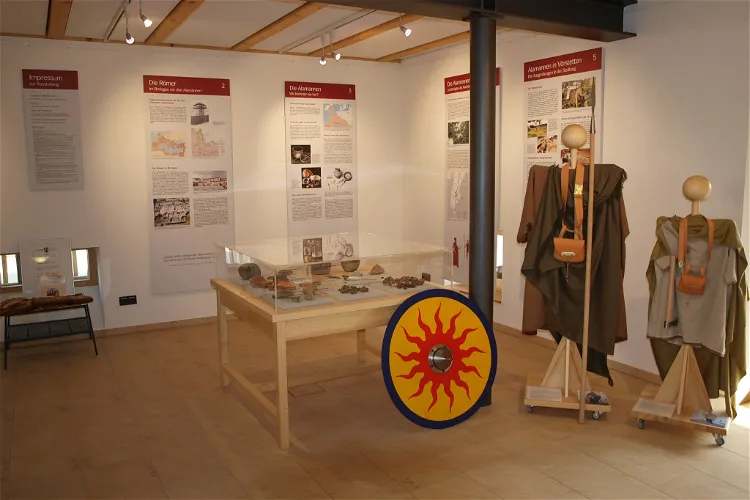
Alamannen-Museum Vörstetten
VörstettenThe Alamannen-Museum Vörstetten is an archaeological museum situated in the municipality of Vörstetten, within the Emmendingen district of Baden-Württemberg. This museum provides a unique opportunity for visitors to delve into the rich archaeological history of the region.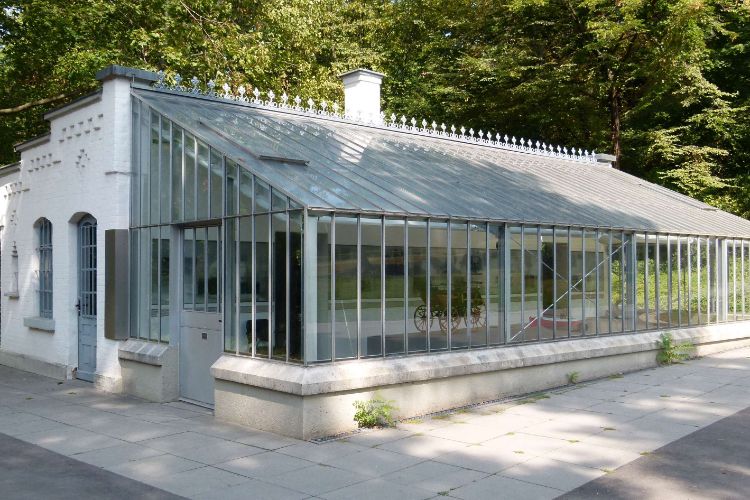
Gottlieb Daimler Gedächtnisstätte
StuttgartAs if Gottlieb Daimler and Wilhelm Maybach had just completed it, this former garden house is still largely in its original state from 1882. At that time, however, the surrounding park was not a public green oasis in the city but part of Daimler's private estate. The Gottlieb Daimler Gedächtnisstätt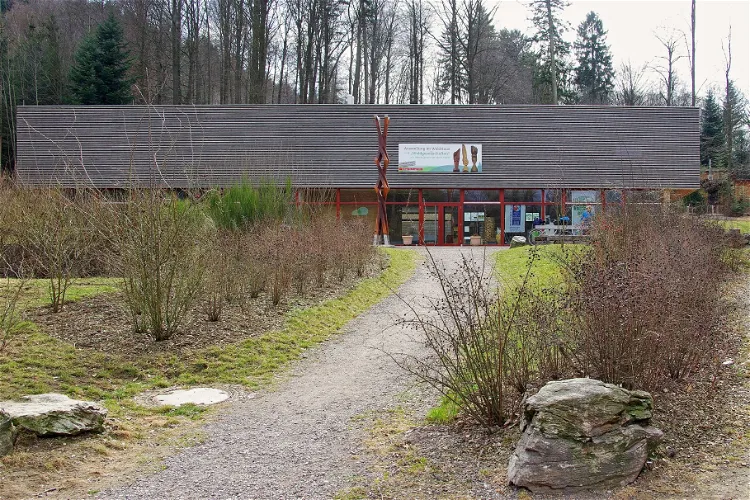
Waldhaus
Freiburg im BreisgauWaldhaus Freiburg is an environmental education facility located in Freiburg im Breisgau. It was established in 2005 as a means to compensate for the loss of approximately 23 hectares of forest due to the construction of the Eichelbuck landfill in 1970. The facility aims to educate people about the ecosystem of the forest and promote sustainable use of forests.